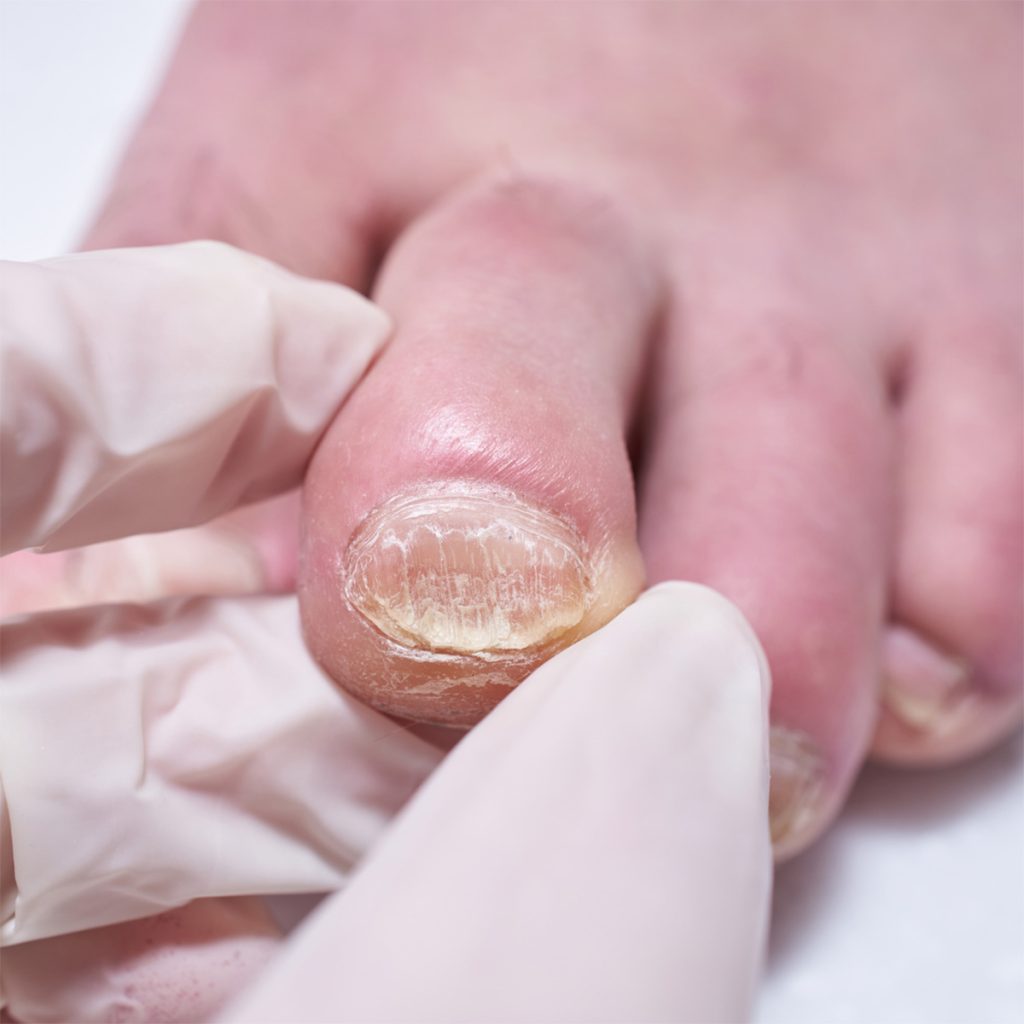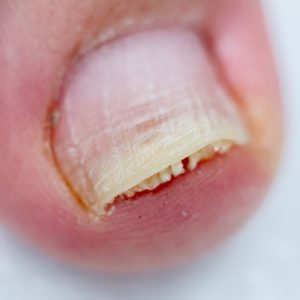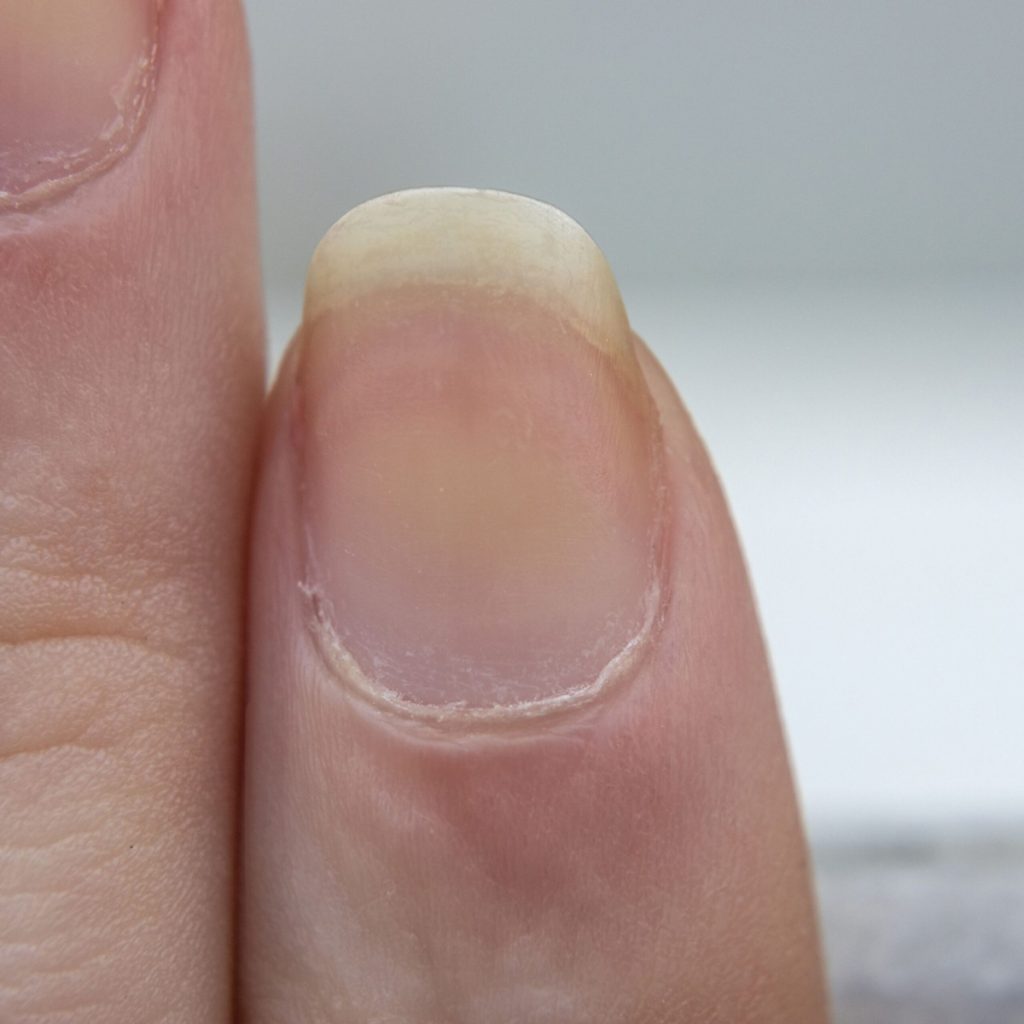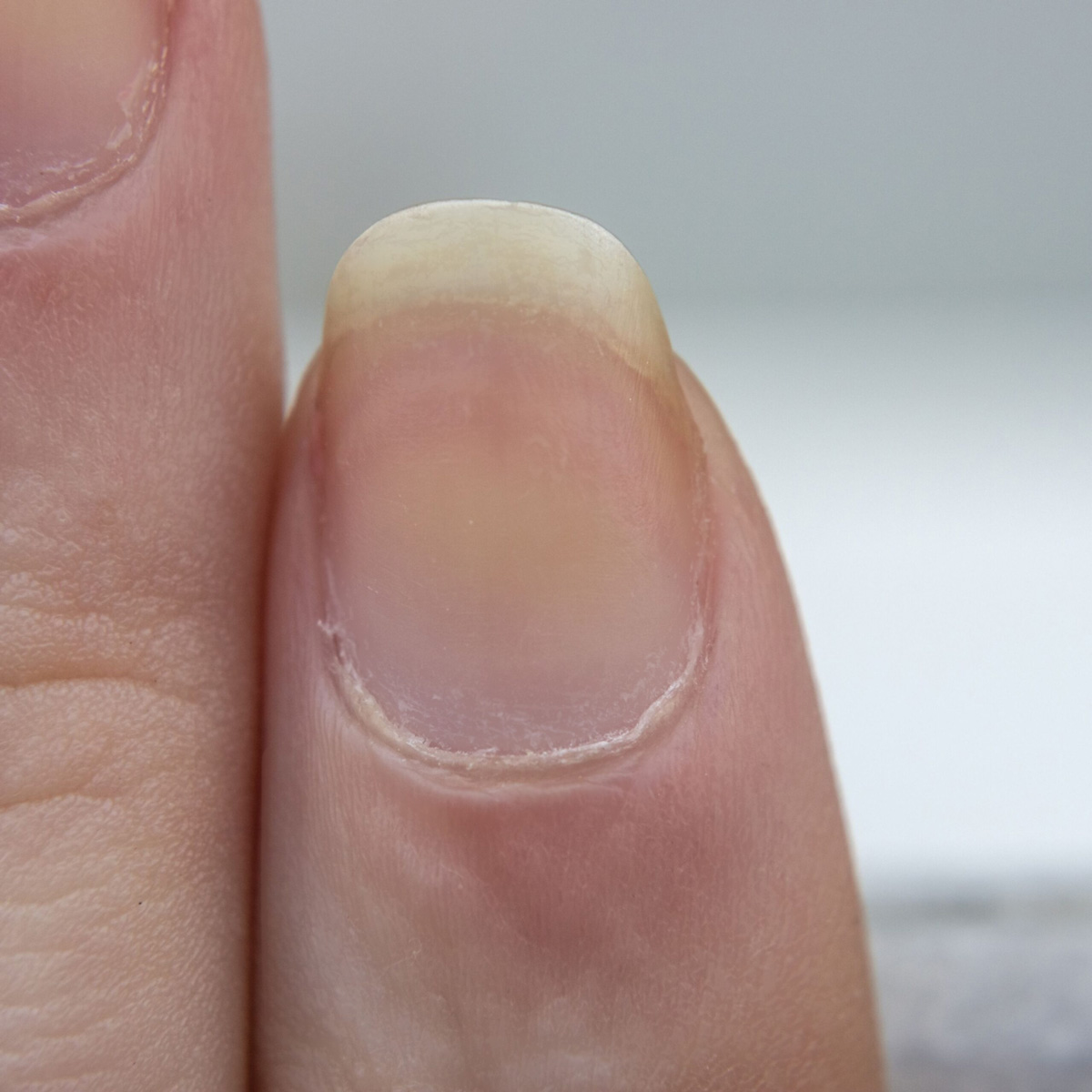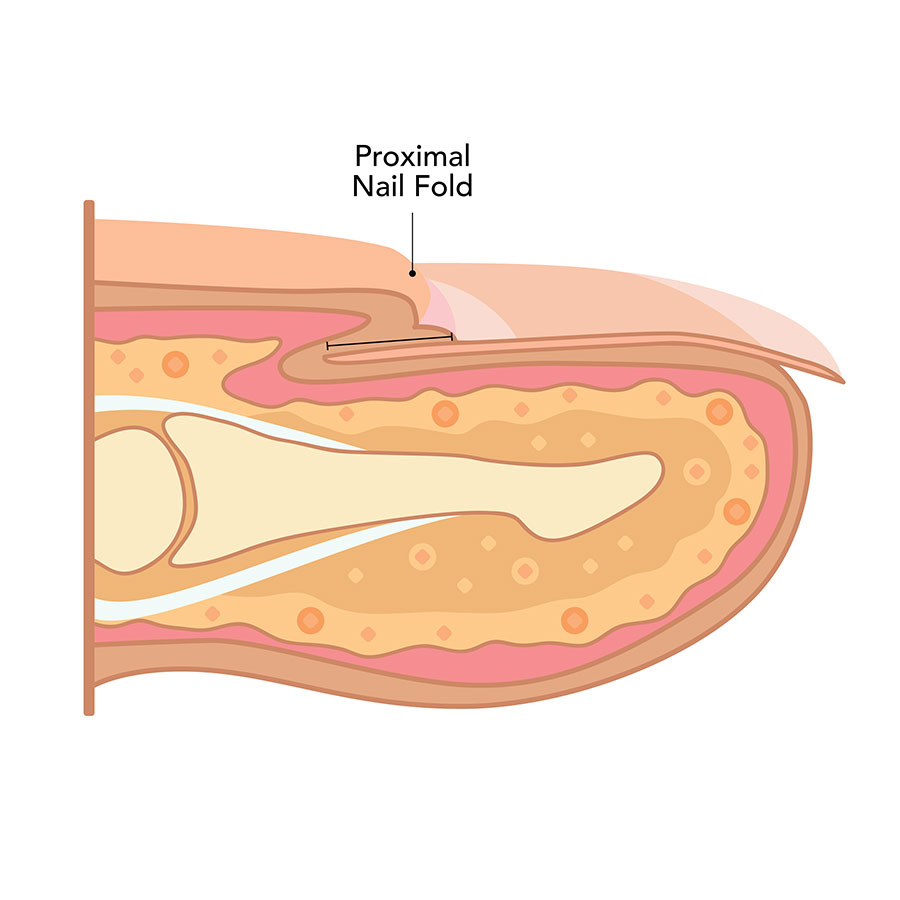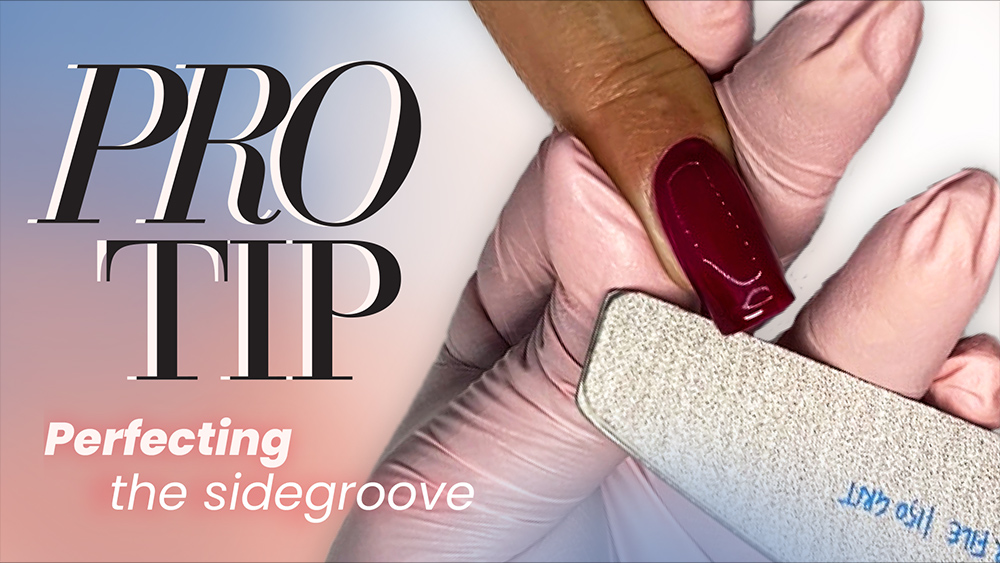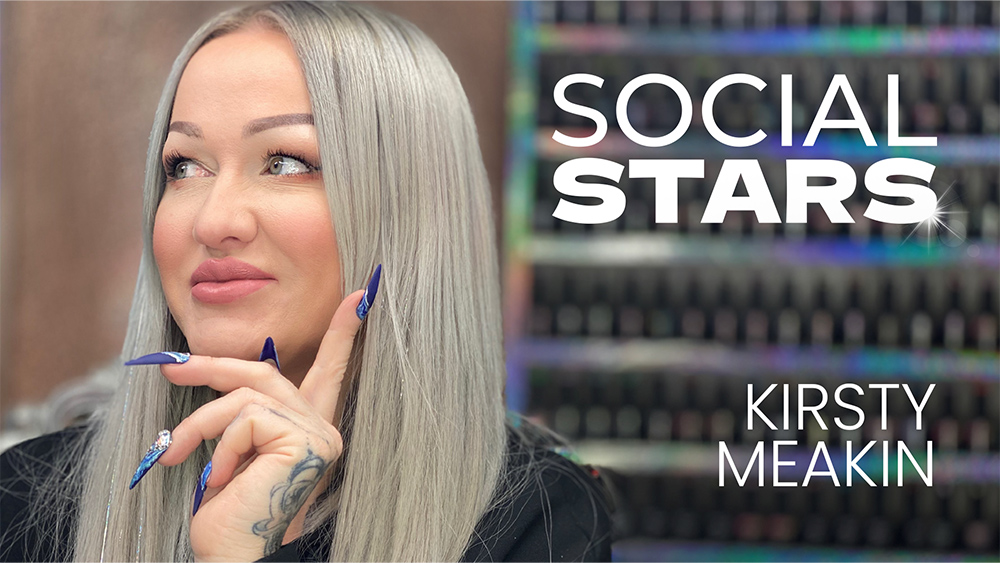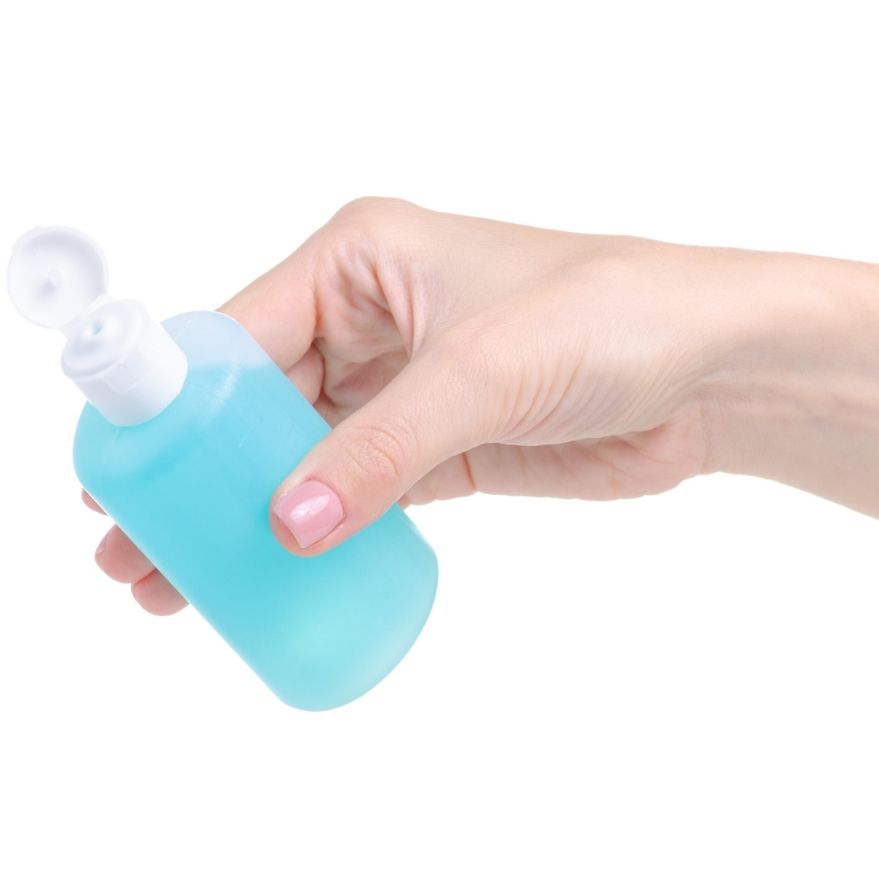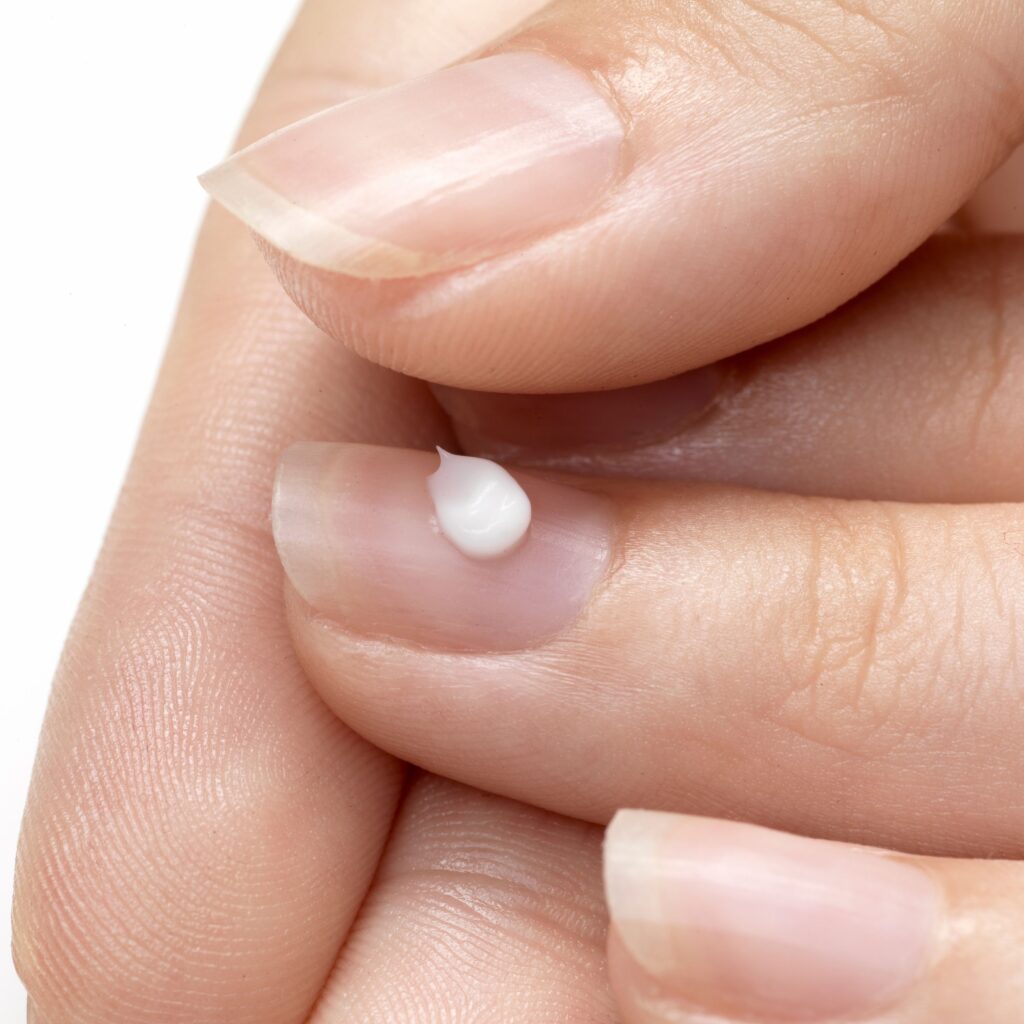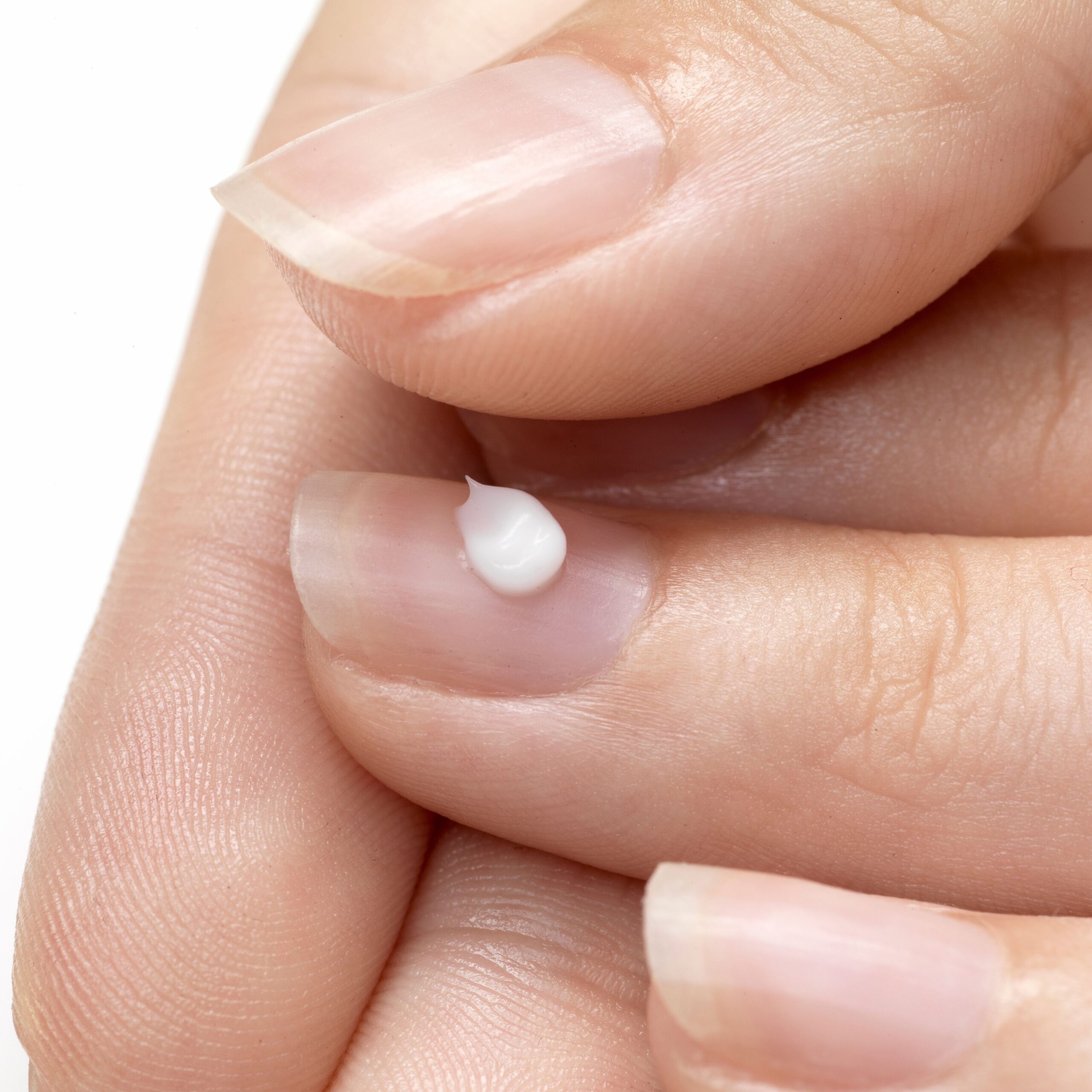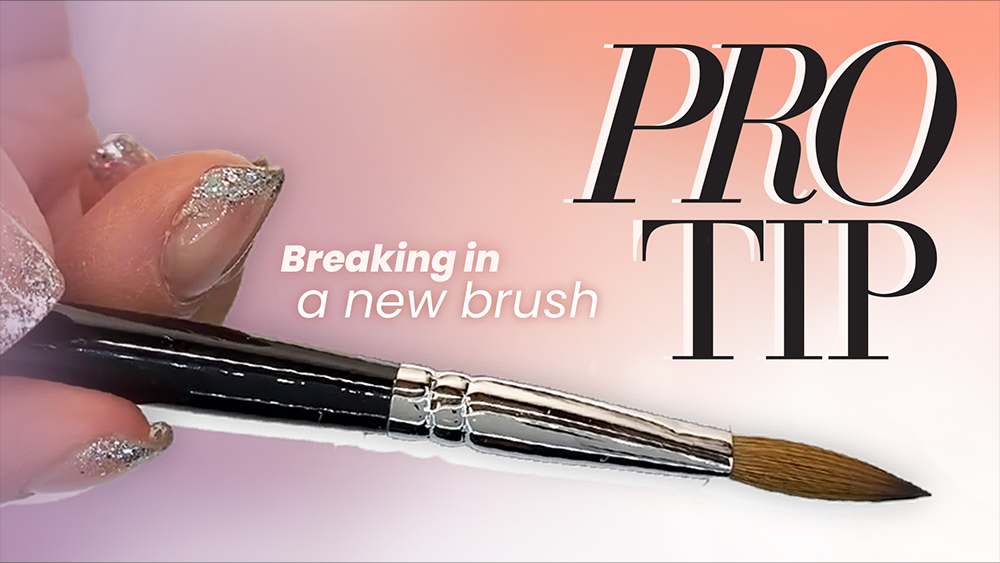What is onycholysis?
What is onycholysis?
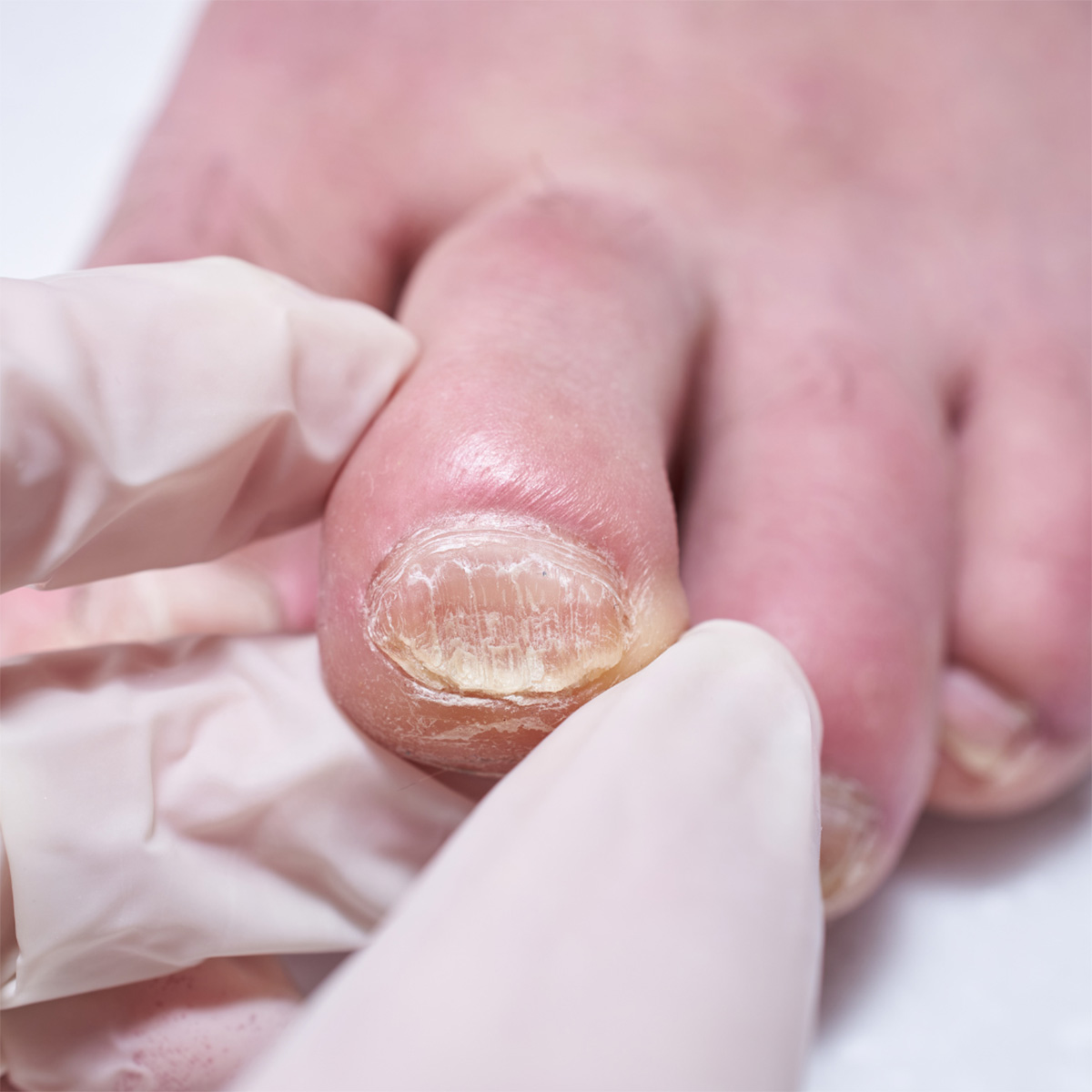
Article by Alex Fox | Published in 2023
Onycholysis [on-y-chol-y-sis] is the medical term for separation of the finger or toenail (nail lifting) from the nail bed. This condition usually starts at the tip of the nail and can progress towards the eponychium. As the nail plate lifts away from the nail bed, a gap or pocket forms, which can be a potential site for infection. Once the nail has detached it will not reattach and instead, a new nail plate will grow back. This can take around six months for a fingernail. Typically onycholysis only affects one nail, and although it sees the nail plate peel away from the nail bed, it is in most cases painless, however this depends on the cause, since an injury or infection may cause pain or irritation.
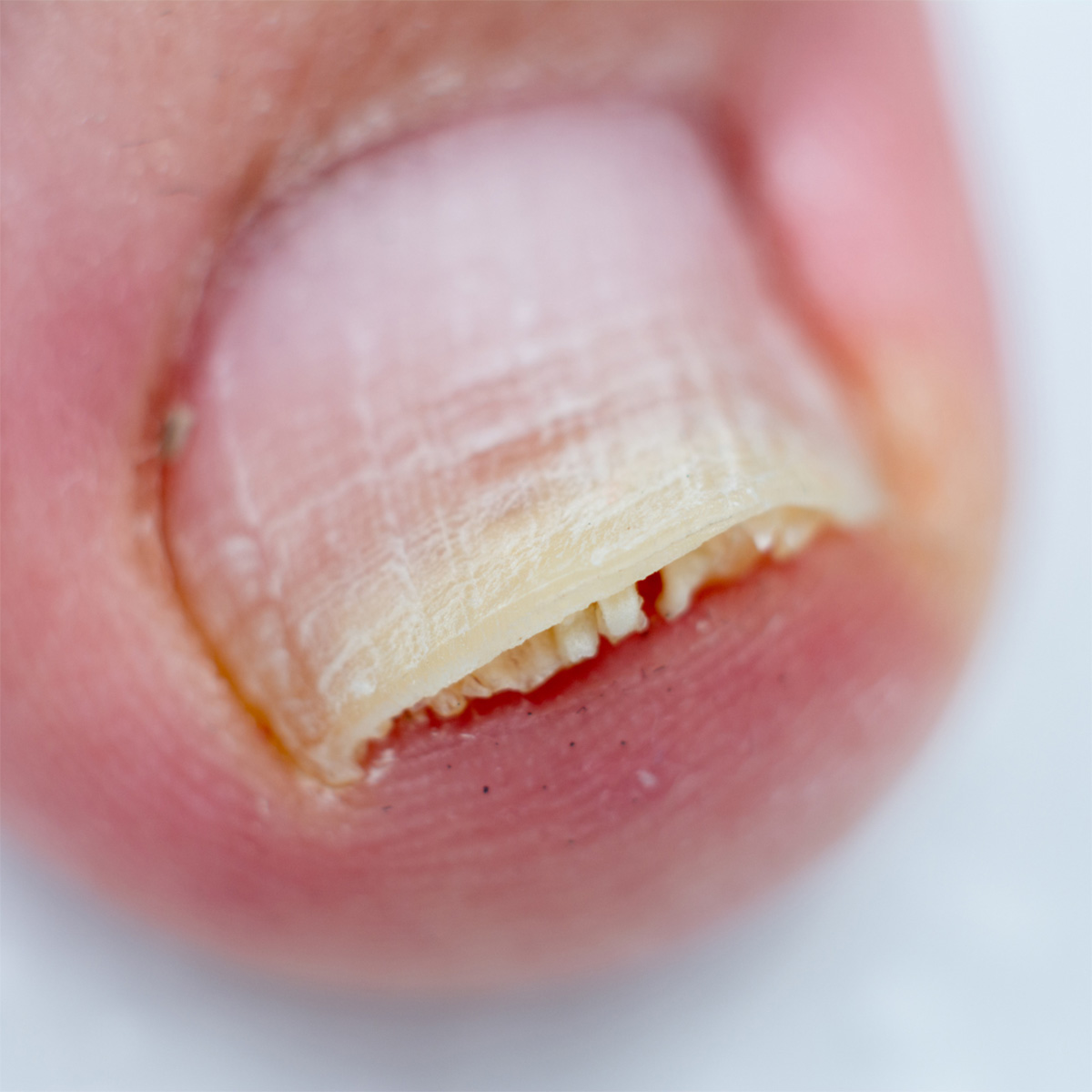
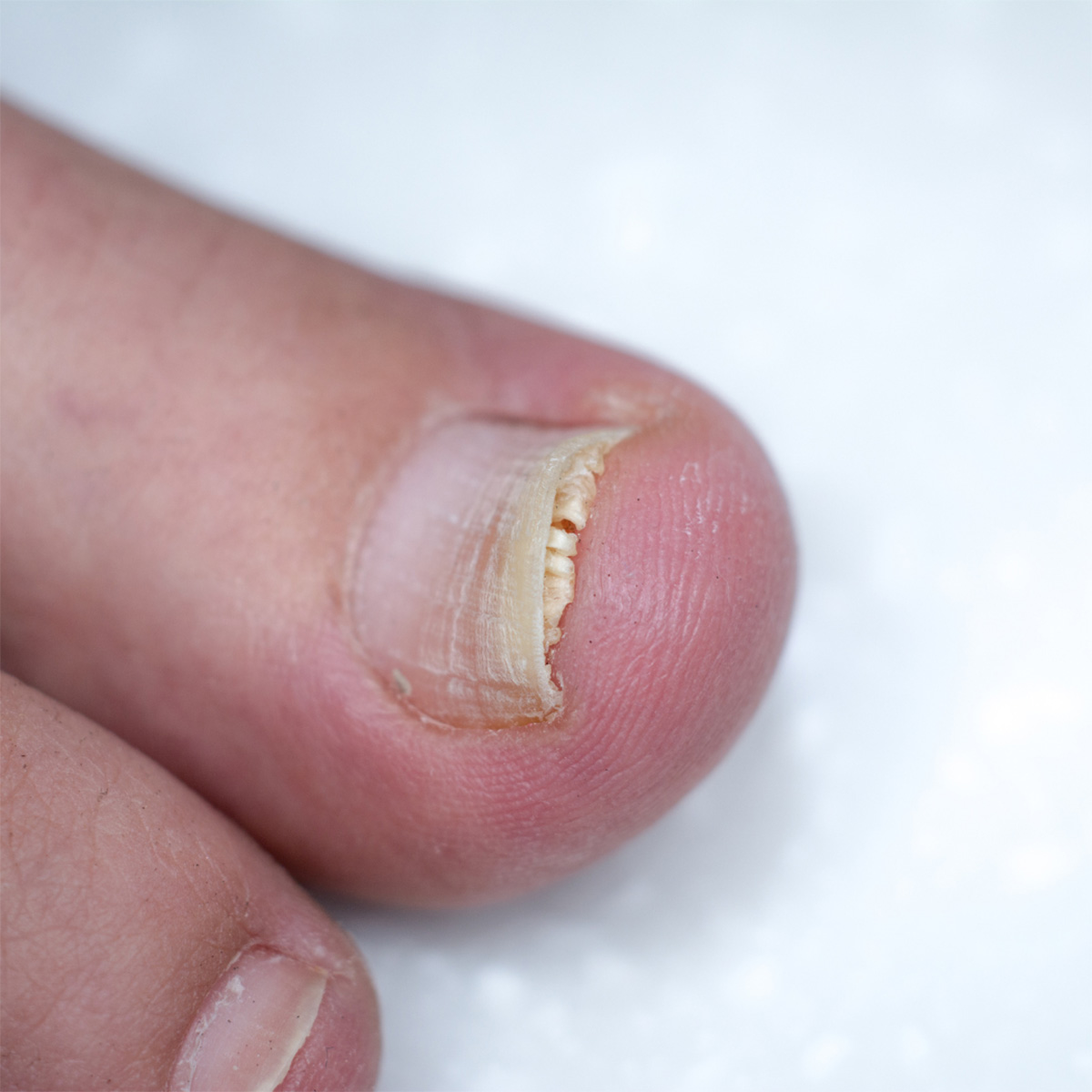
What can cause or contribute to onycholysis?
- Trauma: Injury or trauma to the nails.
- Infections: Fungal or bacterial infections of the nails.
- Chemical exposure: Prolonged exposure to certain chemicals, such as household cleaning agents.
- Psoriasis & other skin conditions: Skin disorders like psoriasis can affect the nails and cause onycholysis.
- Allergic reactions: Some individuals may experience onycholysis as a result of an allergic reaction to nail product ingredients or other chemicals.
- Medications: Certain medications may have nail-related side effects, leading to onycholysis.

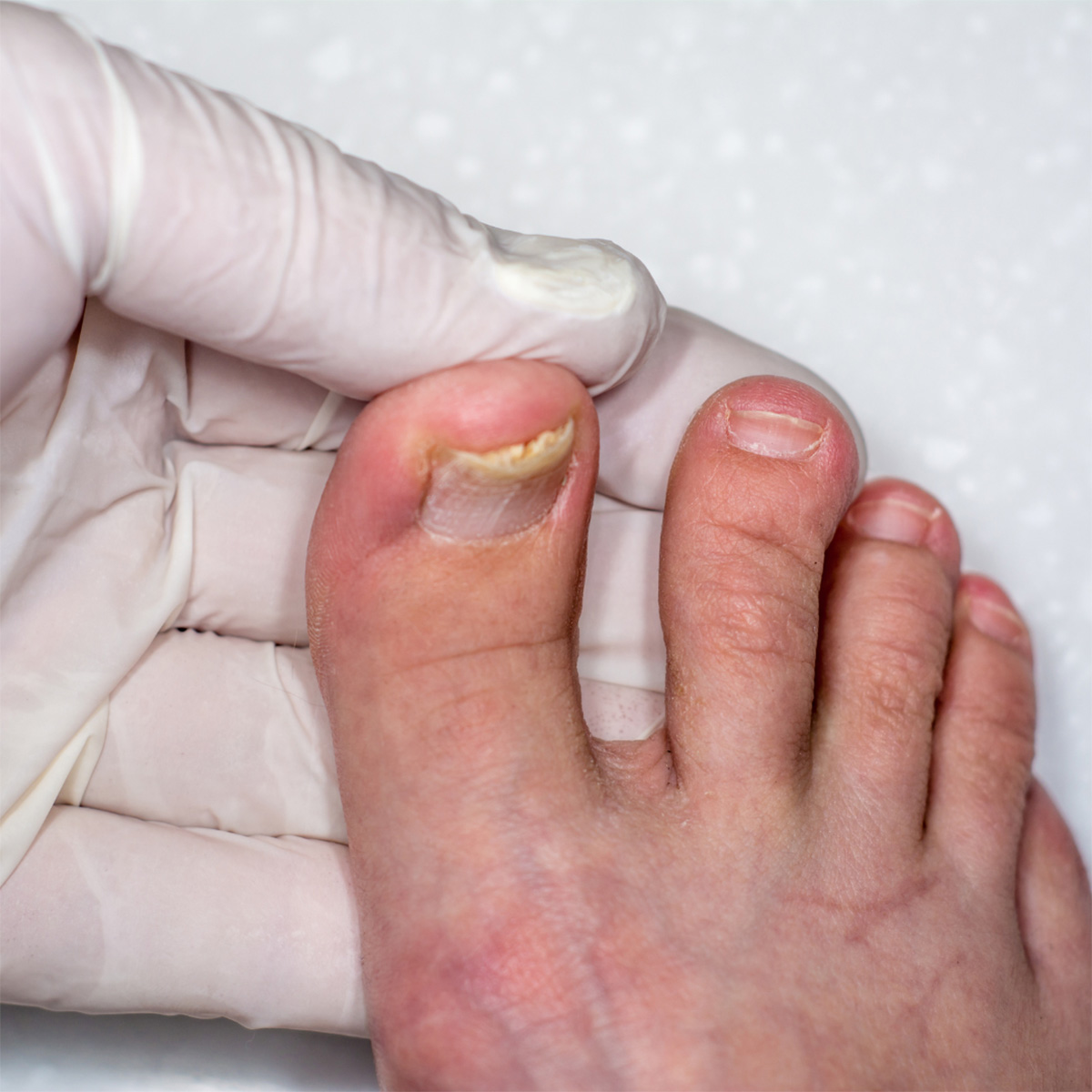
What is the treatment advice?
There is no cure for the nail plate that has already separated from the nail bed epithelium, however treatment can keep new nail growth attached to the nail bed. The treatment of onycholysis depends on its underlying cause. In some cases, addressing the primary issue, such as treating an infection or discontinuing the use of irritating chemicals, can resolve the condition. The nail professional should advise the client to consult with a healthcare professional, such as a dermatologist or podiatrist, for an accurate diagnosis and appropriate treatment.
Find out more here: https://nailknowledge.org/nail-knowledge-base/onycholysis


